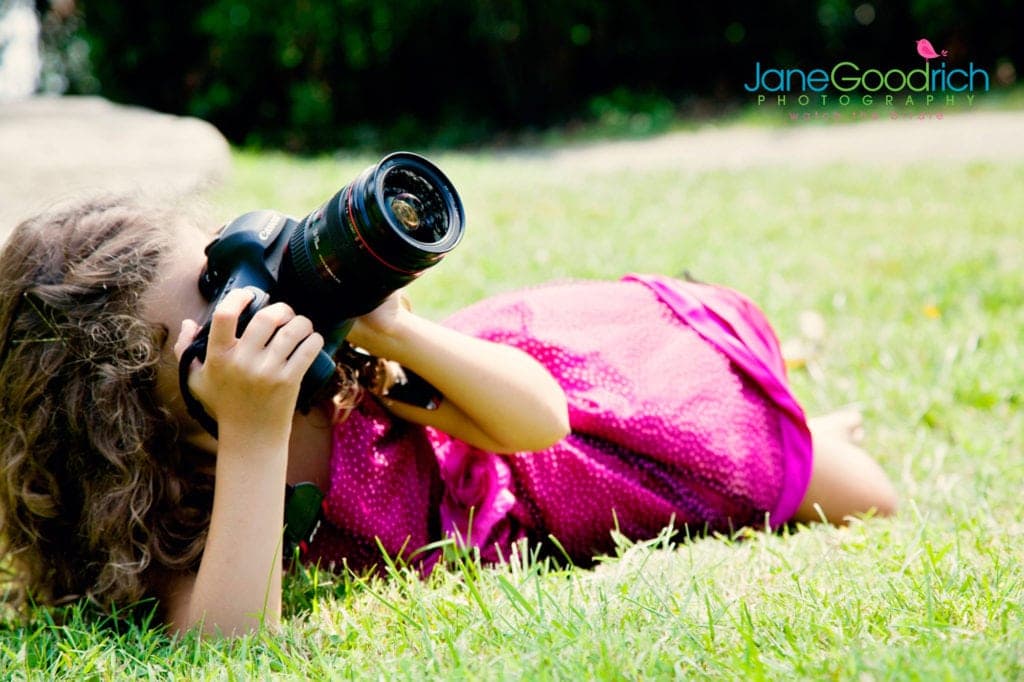BEST LENSES TO BUY FOR CHILD PHOTOGRAPHY
June 11, 2024

Buying a lens for kid’s photography
One of the first things you’ll realize when purchasing a new DSLR camera is that the buck doesn’t stop there. A reasonable investment in lenses is usually a requirement if you are looking to be able to delve into different types of photography (such as kid’s portraits) – particularly if you want to do it for a living or be able to capture different types of photos.
Lenses to Consider
As mentioned, different photographers have different styles, and even child and family photographers with similar styles might have a different toolkit when it comes to lenses. That being said, here are a few common portraiture lenses to consider:
- 85mm f/1.8 prime lens (or 50mm for a cropped sensor)
- 24-70mm f2.8 L IS USM lens
- If you are still stuck, remember that you can always borrow or rent a lens to find one that suits you. I personally like Lensrentals.com for great rental prices and service.
So, what should you consider when looking at lenses with a mind towards kid’s photography? Here are a few tips:
Aperture: Bigger is Better (For Kid’s Portraits)
A wide aperture in any type of lens lets you create interesting shots with blurry backgrounds, perfect for kid’s photos. It also lets more light into the lens which is good for low-light or action photography. If it all possible, purchase the largest aperture you can afford. This is so you don’t have the ‘buyer’s remorse’ of finding out that your lens just isn’t fast enough for you.
Bulky vs. Slim
Lenses, even those with the same focal lengths can vary greatly in size and weight. Lenses with larger apertures are typically bigger and heavier (more glass inside). So, take into consideration what you are doing with this lens. You may want something a bit more portable so you don’t have sore shoulders at the end of the day.
Stabilization and Other Bonuses
What stabilization does is let you take longer (slower shutter speed) shots than you could not manage with the same lens without it. For example, if you have a Canon 70-200mm and are fully zoomed (200mm) the fastest shutter speed you should be using to avoid camera shake (which causes blur) is 1/200s. If you had the IS version you could go as slow as 1/100s.
Lens Type
What kind of lens should you buy: zoom or prime, telephoto or normal or wide angle, etc.? This is a fairly personal decision, likely if you are reading this post you’ve found that you’ve encountered a few situations where your existing lens didn’t ‘cut the mustard’ and you want one that performs better. I have found that a zoom lens with a fixed aperture works extremely well for me for being able to capture kids! It’s the best of both worlds. My favorite is the 24-70mm 🙂
New vs. Used
Obviously, if you are buying new you have a reasonable expectation that you’re getting a lens that works well, and will continue to do so for a good length of time. With used lenses you save money but don’t have as much of an assurance as to performance over the long term unless you buy one from Adorama or B&H as they are very reputable companies.
Happy Shopping!
Learn How To Photograph Your Kids
If you are wanting to learn more about photographing kids, check out our course “How to Photograph Your Kids” and if books are more your thing check out Capturing Every Day Life! The no-nonsense, cheese-free, read while they nap, easy as pie guide to taking top-notch, world-class photos of your kids.
Have




